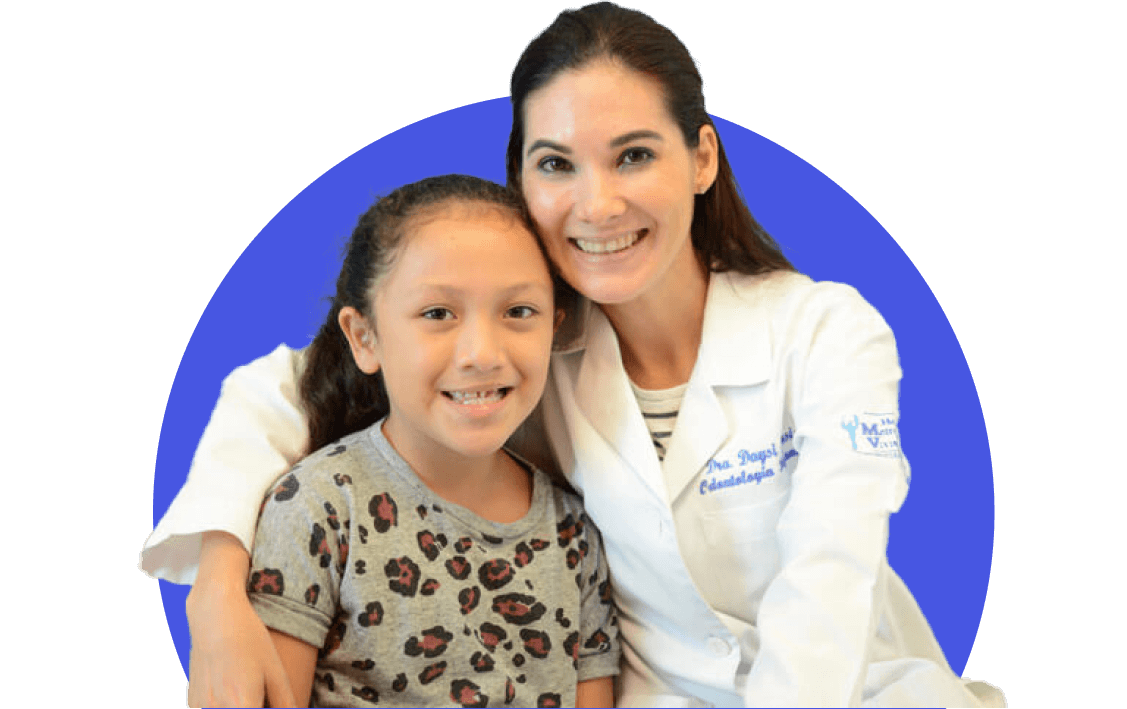- Cleft Home
- What is Cleft Lip and/or Palate?
- Prenatal Diagnosis
- Feeding Your Baby
- What is a Cleft Team?
- Surgery
- Hearing, Speech, and Dental Care
- Paying for Treatment
- Managing Feelings
- Craniofacial Conditions
- Toddlers and Preschoolers
- The School-Aged Years
- The Teenage Years
- Letter to a Teacher
- Information for Adults
- Support Organizations
- Learn More: Downloads
- Cleft Home
- What is Cleft Lip and/or Palate?
- Prenatal Diagnosis
- Feeding Your Baby
- What is a Cleft Team?
- Surgery
- Hearing, Speech, and Dental Care
- Paying for Treatment
- Managing Feelings
- Craniofacial Conditions
- Toddlers and Preschoolers
- The School-Aged Years
- The Teenage Years
- Letter to a Teacher
- Information for Adults
- Support Organizations
- Learn More: Downloads
Will my child undergo surgery at this age to change their appearance?
Cleft surgeons usually suggest that patients wait until they have completed their growth before undergoing certain operations to change aspects of their appearance. Jaw and nose surgeries, for example, are typically performed during the late teen years, after a person has finished growing. But surgeons may also share information with families about operations that can be performed at a younger age.
Which operations could occur at this age?
Lip Revision: A lip revision is an operation to change the shape of the upper lip in a person who underwent cleft lip-repair surgery earlier in life (usually during infancy). This procedure can involve evening out the proportions of the lip, making the lip look fuller, and/or helping the lip muscles work better during speech. A cleft-lip revision is considered “reconstructive” surgery, not “cosmetic” surgery. This operation does not usually require a night in the hospital.
Rhinoplasty: Nose surgery, called rhinoplasty, changes the shape of the nose and can improve breathing. Surgeons usually recommend waiting until growth is complete to undergo this procedure (called definitive rhinoplasty, during the teenage years), but some offer a “touch-up” procedure earlier in childhood.
Who decides whether to operate?
There is a growing body of research that shows that shared decision-making with regard to health decisions can benefit a child’s self-assessment and quality of life. Cleft professionals generally suggest that a child take on more and more independence as they grow, so by the time they reach adulthood, they are making independent, informed decisions about their own health. This process starts in early childhood with age-appropriate participation, in coordination with caregivers and trusted professionals on the cleft team.



